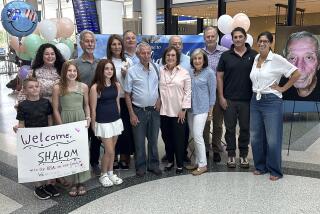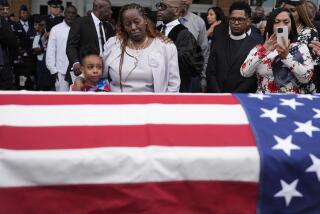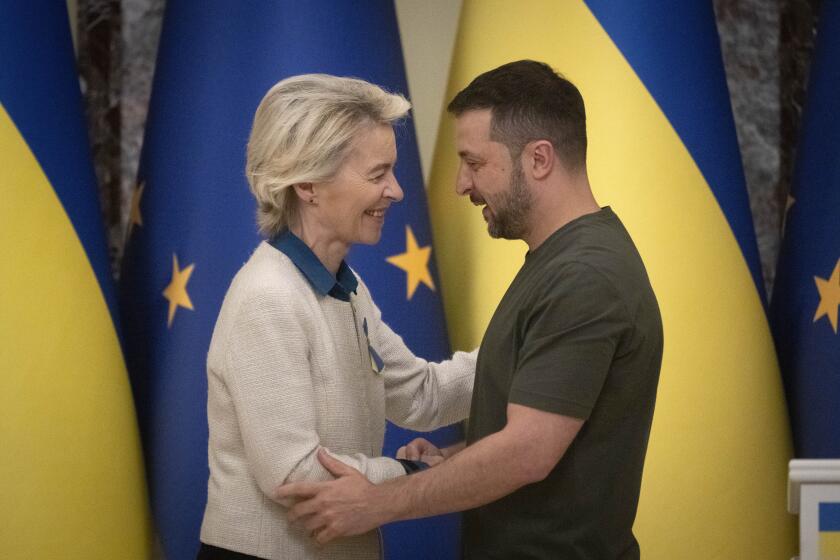Coming home: A Korean War veteran who was an MIA for decades is finally buried on home soil
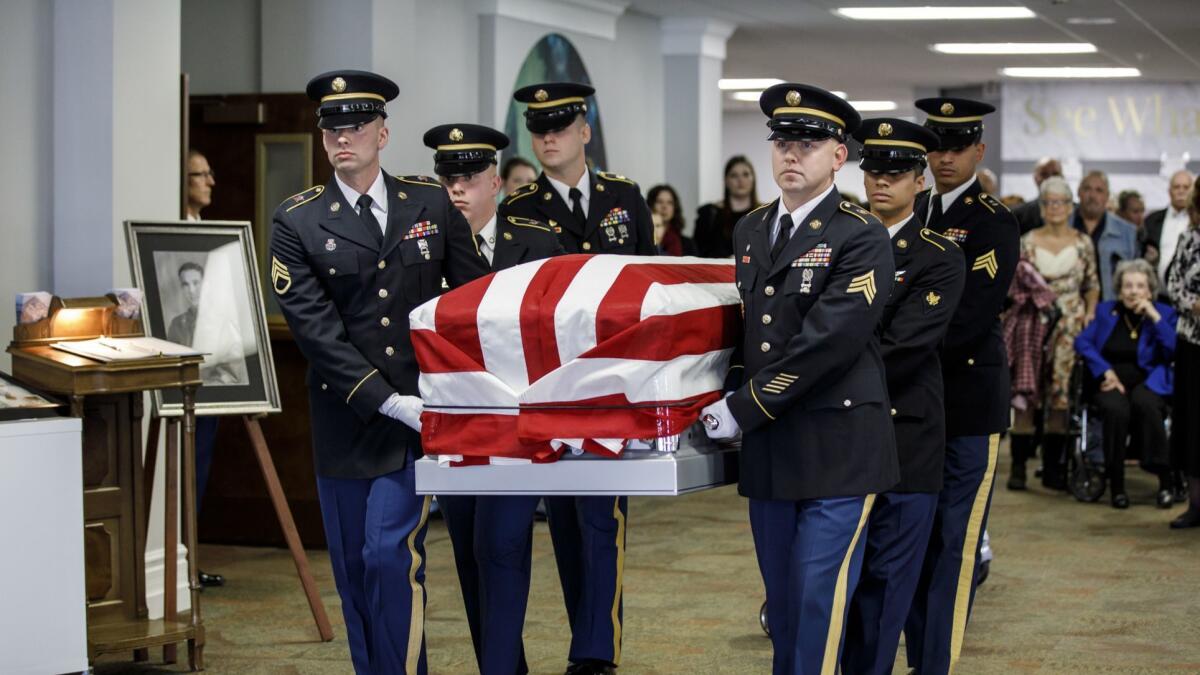
The last memory Charles McDaniel had of his father was as a 3-year-old boy living on an U.S. Army base in Tokyo in 1950. His dad, coming home from work, picked him up and playfully swung him around in the air.
For decades, that was pretty much all there was. Sometimes, he would look in the mirror and see a faint resemblance — though he thought his younger brother, Larry, inherited more of their dad’s features.
For the record:
4:55 p.m. Oct. 28, 2018An earlier version of this article misstated the age of Charles McDaniel Sr. at his death and the name of the battle in which he is believed to have died. He was 32 years old when he died, apparently killed in the Battle of Unsan.
Charles McDaniel thought about this Saturday morning as he stood and saluted before the flag-draped casket that held his father’s remains. The now-71-year-old man’s hand trembled slightly as a cold wind kicked up and a stiffened flag flew at the grave site. He thought about his mother, sitting next to him. He thought about how it had taken 68 years for his dad to return to the United States.
Master Sgt. Charles McDaniel Sr. had gone off to serve as a medic during the Korean War and disappeared in November 1950. He was presumed dead by the Army. But there had been no body returned. There had been no funeral. And Gladys McDaniel, his wife, didn’t speak much about him to Charles or Larry in the subsequent years.
Over the decades, the sons gleaned slivers of information about their dad: He was a good man. He was a great father who often held them when they were babies. He chose to be a medic because he wanted to help people in need.
“I think it was hard on her,” Larry McDaniel said. “Though I wish I had asked more questions about him.”
Charles McDaniel ended up following in his dad’s footsteps, becoming a medic and a chaplain in the Army. He began looking into his father’s records in recent years, but they didn’t reveal a lot. He had served in World War II through five campaigns in Europe. He left the Army in 1945 and became a truck driver for the coal mines. He reenlisted as the Korean War began to ramp up. He was 32 when he is believed to have died during the Battle of Unsan.
In July, Charles received a call from the Army. He was told that, when North Korea turned over 55 boxes of remains in June as part of an agreement between its leader, Kim Jong Un, and President Trump, there was a piece of a dog tag. It was his dad’s.
Charles McDaniel was stunned. He wept and began to wonder if his father might finally be coming home. Then he got another call. Through DNA testing and an X-ray match of a collarbone coupled with the location where the remains had been found and the dog tag, scientists with the Defense POW/MIA Accounting Agency were certain.
“It was my father,” Charles said.
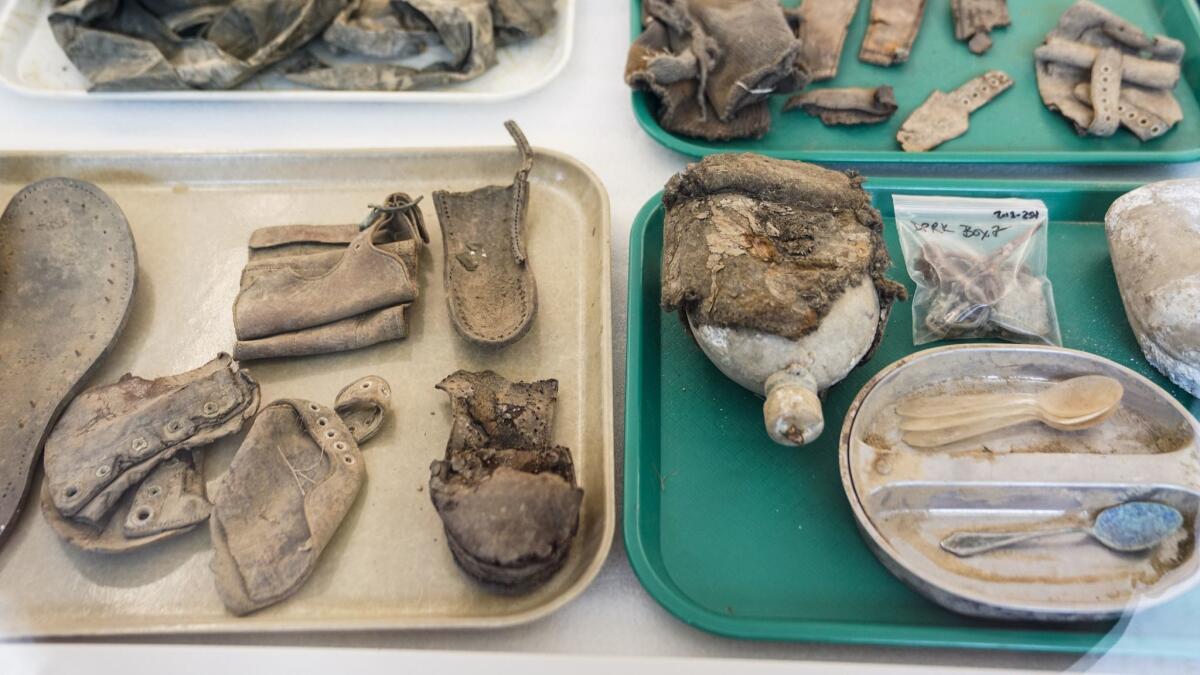
The deceased veteran’s remains had been brought to Hawaii in June, where government scientists sorted and studied them in labs behind large glass windows. Trays are laid out and numbered, and the painstaking process of identification is conducted daily. There are bones, along with nonorganic items such as canteens, boot covers, blankets and pieces of military equipment
John Byrd, director of analysis for the Defense POW/MIA Accounting Agency, said there is a lot of work to do. There are more than 82,000 Americans missing from World War II, the Korean War, the Vietnam War and other conflicts. World War II accounts for the bulk of the missing, totaling 72,000.
Over the years, getting remains from North Korea hasn’t been easy, and sometimes they were delivered to the United States mingled with misidentified remains. Officials with the accounting agency said the remains in the 55 boxes came with more specific information — including a lot of boxes coming from a village in the area of the Chosin Reservoir. The turnover of the materials in June was sizable. In the early 1990s the largest provided in any given year was 33 boxes; between 1990 and 1994, the United States received a total of 208 boxes.
Byrd said that dental records are the gold standard for identification, but that DNA has become an important tool as well. And Defense POW/MIA Director Kelly McKeague said the recent discovery that collarbones are unique identifiers — similar to a fingerprint — has helped provide more identifications. On average, the agency does around 200 identifications per year.
“It’s a powerful moment that means a lot to the families,” McKeague said. “It is a commitment that we will never leave one behind.”
When Charles McDaniel Sr. had been identified, his remains were carefully placed in a standard issue green Army blanket — a tradition that dates to World War I. As a man folded the blanket over the remains, they were taken on a gurney covered with an American flag for the final journey home.
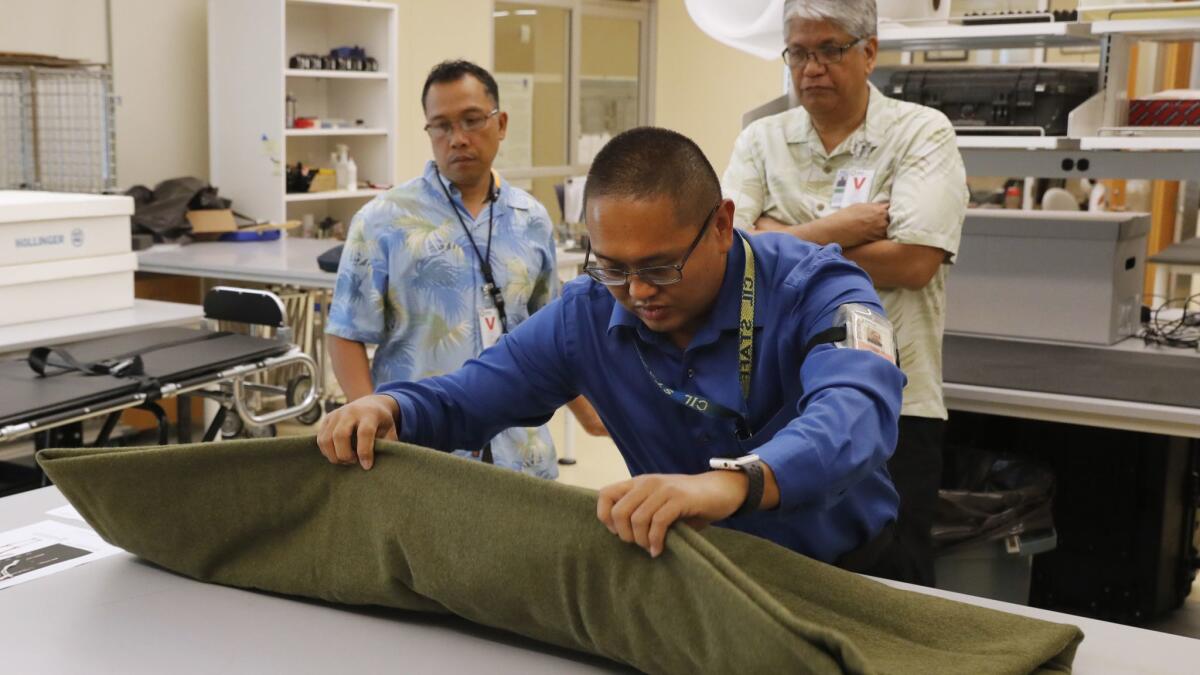
Lt. Col. Michael Daake, who serves with the Indiana National Guard, was assigned to be the casualty assistance officer for the McDaniel family. He was with the family when the remains arrived in Indiana on a commercial airline flight last week.
He said it was “emotional, but also satisfying” to be able to help bring the family together again.
“It is an honor to do this for them,” Daake said. “I’m glad to be a part of it.”
Charles McDaniel said the news of his father’s return provided more than just closure for him. He said as the news spread about the identification, he began hearing from family members from all over the country.
“I have talked with three cousins I had never communicated with before. My father had two brothers, and one was a career soldier like my father would’ve been, and he had three children, but I never met any of them,” McDaniel said. “My dad has brought us together.”
Before the funeral service started Saturday morning at the Community Church of Greenwood, McDaniel stood in front of the casket at the altar. He said he arrived early, before anyone else, to have a private moment with his dad. It was a prayer, he said.
McDaniel said he had never been able to address his dad directly because there had never been a grave to visit. He said it was starting to sink in that his father was going to be within a 10-minute drive from his home.
“I would go to the Tomb of the Unknown Soldier in Arlington and talk to him there,” he said. “That was my dad’s grave.”
As a few hundred people began to arrive at the church, McDaniel stood before the casket and greeted them. He shook hands with some. Hugged others. There were introductions to people he’d never met and reminders of people he hadn’t seen in years. He lightly patted the casket and then stood at the lectern.
He told the story of his father. How he married Gladys Watts in 1943 after joining the Army three years earlier. How he got a Bronze Star in World War II, reenlisted with the Army in 1948 and got transferred to Tokyo. McDaniel said he served with the 3rd Battalion, 8th Calvary Regiment, 1st Cavalry Division in the Korean War.
McDaniel said his father was listed as missing in action in 1950 after the Battle of Unsan.
“On that night, Nov. 2, 1950, my father disappeared from history,” McDaniel said. “’We didn’t know what had happened to him.”
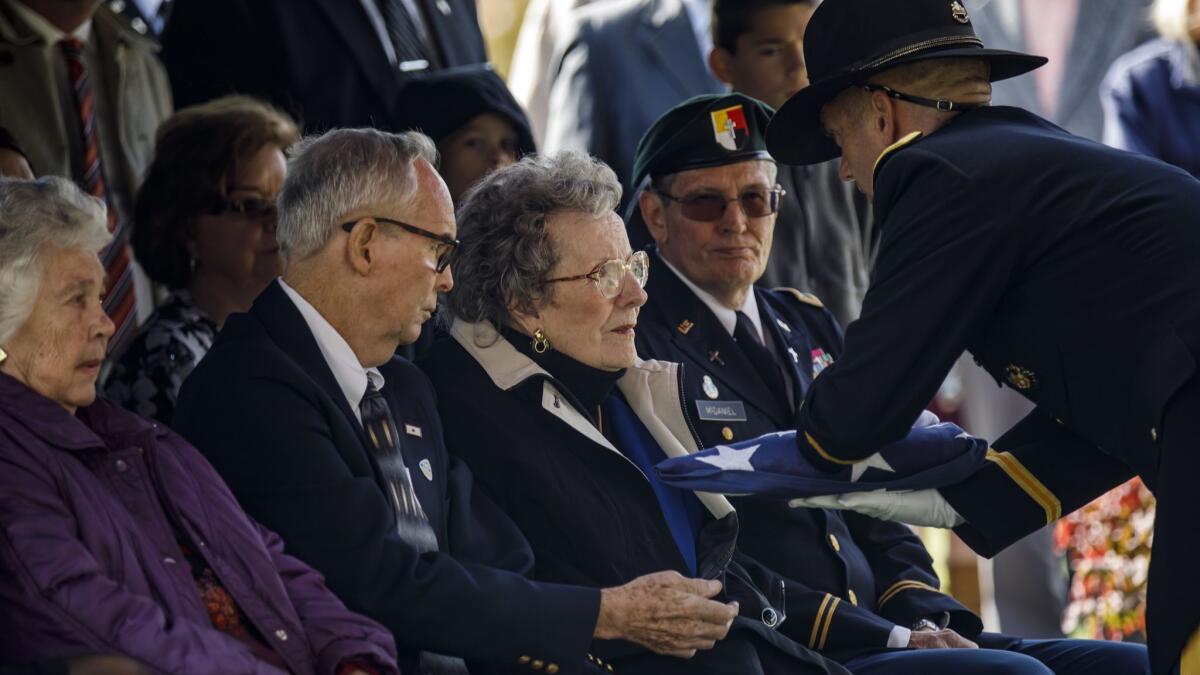
The dog tags changed everything, he said.
He choked up as he held his father’s dog tags in a plastic bag and then pulled out his own. He put on his own dog tags over his dress blues — noting the breach in protocol — and said they represented an identity of someone willing to die for others.
“My father gave his life for me. He gave his life for you,” McDaniel said. “He gave his life for his buddies. He gave his life for this nation. He gave his life for South Korea.”
At the cemetery, the honor guard presented flags to McDaniel, his brother and their mother, who gently stroked the flag with her hand, and his father’s sister, Wilma Jean Gutshall. Charles McDaniel said he thought about his mom losing her husband. He thought about missing his dad.
He said he thought about how he had followed in his father’s footsteps by joining the Army and serving as a medic. As a bugler played taps and the honor guard fired its volleys, he stood up in front of the casket — his face reflected in its silvery top.
david.montero@latimes.com | Twitter: @davemontero
More to Read
Sign up for Essential California
The most important California stories and recommendations in your inbox every morning.
You may occasionally receive promotional content from the Los Angeles Times.
